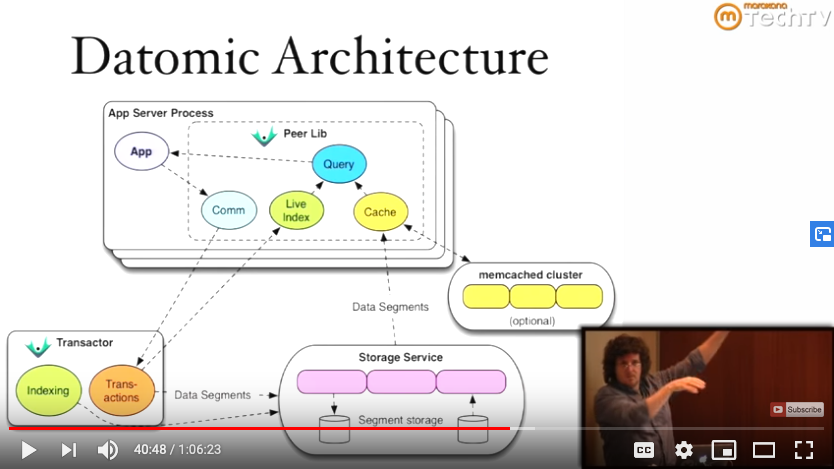
The materials paradigm 1 may be represented in the form of a tetrahedron 2 , illustrating a set of material concerns and how they are interrelated. The materials science tetrahedron, which illustrates how a material's properties, processing, performance, and structure are interrelated (source). What is a “material”? There is no label for it in the diagram above.

